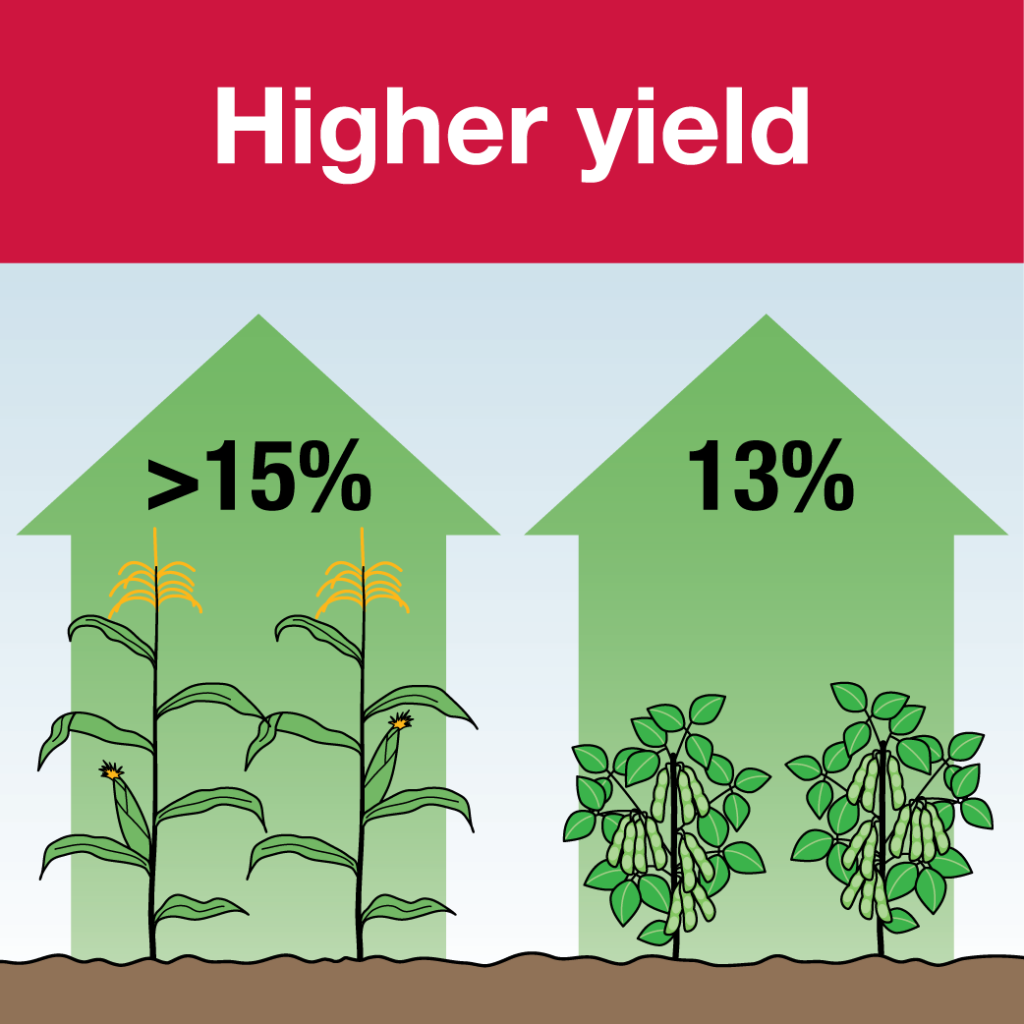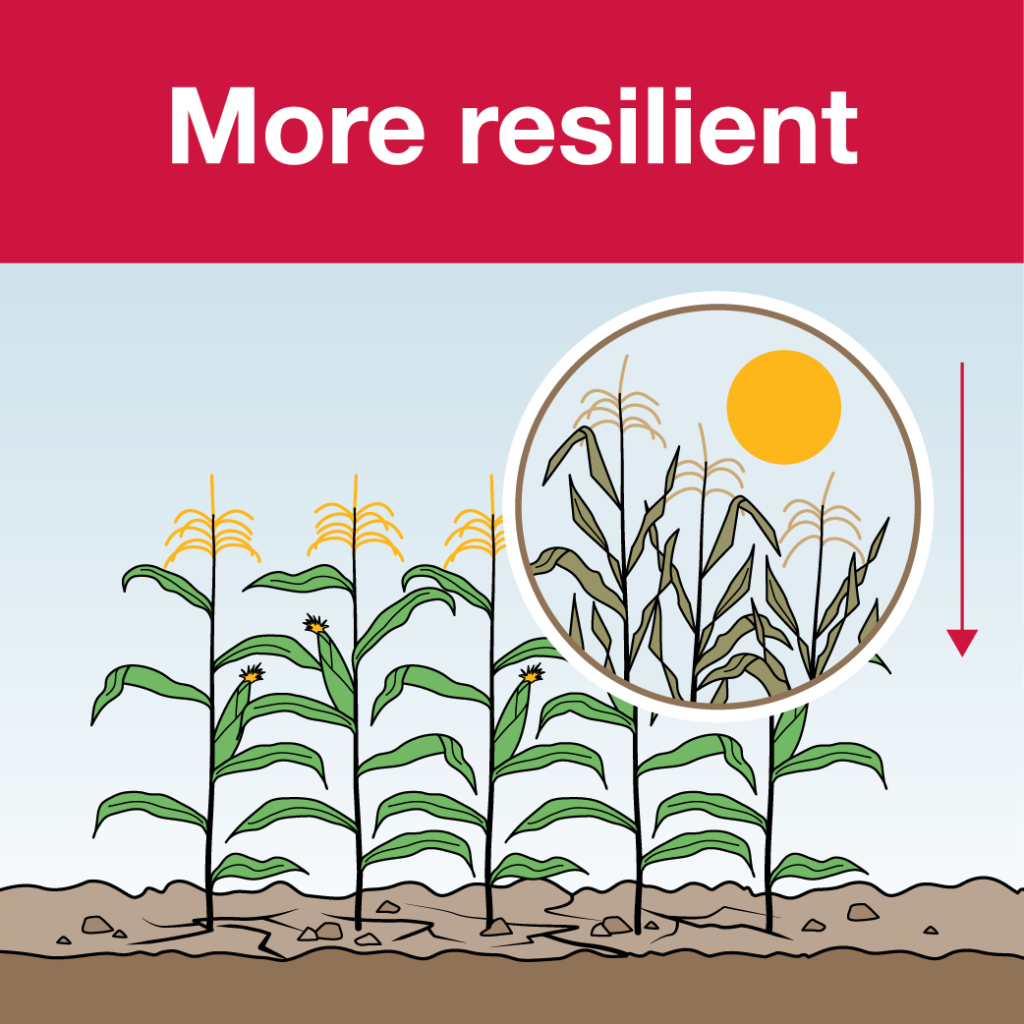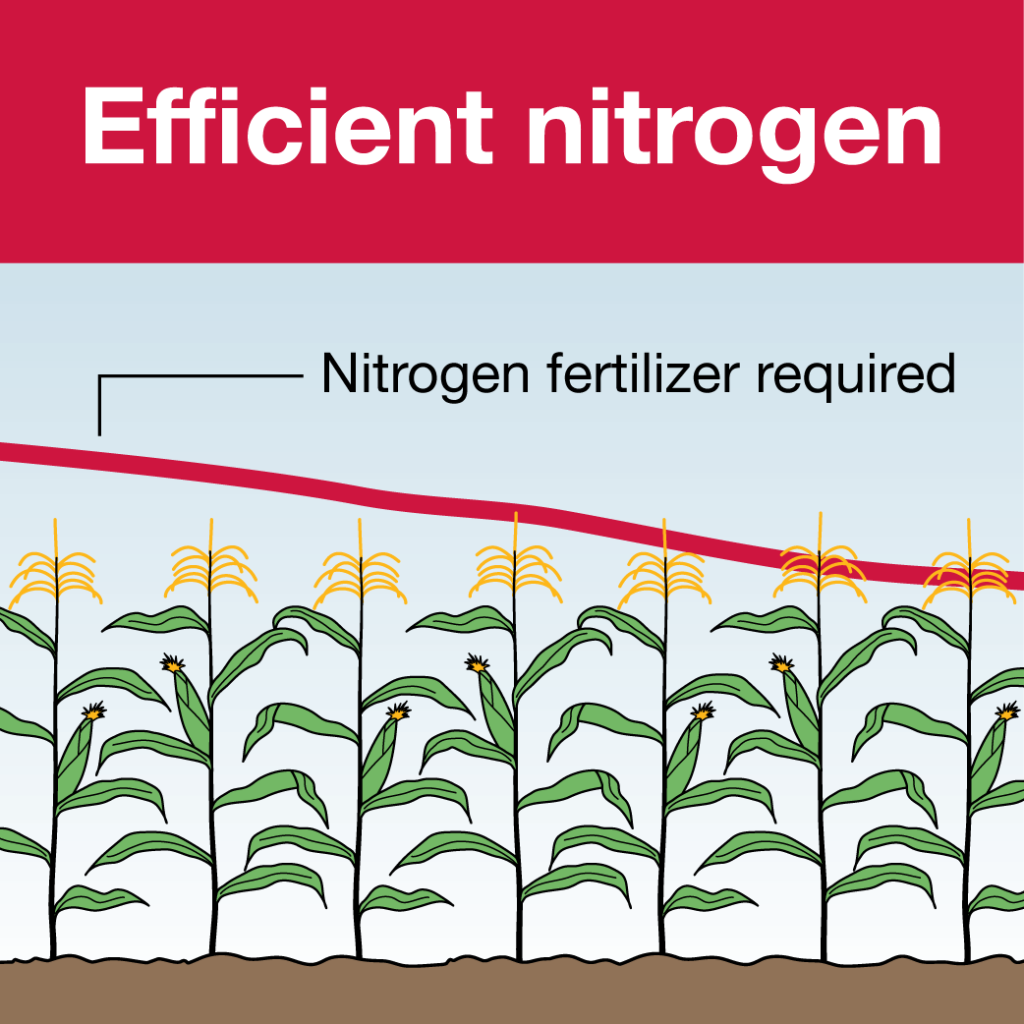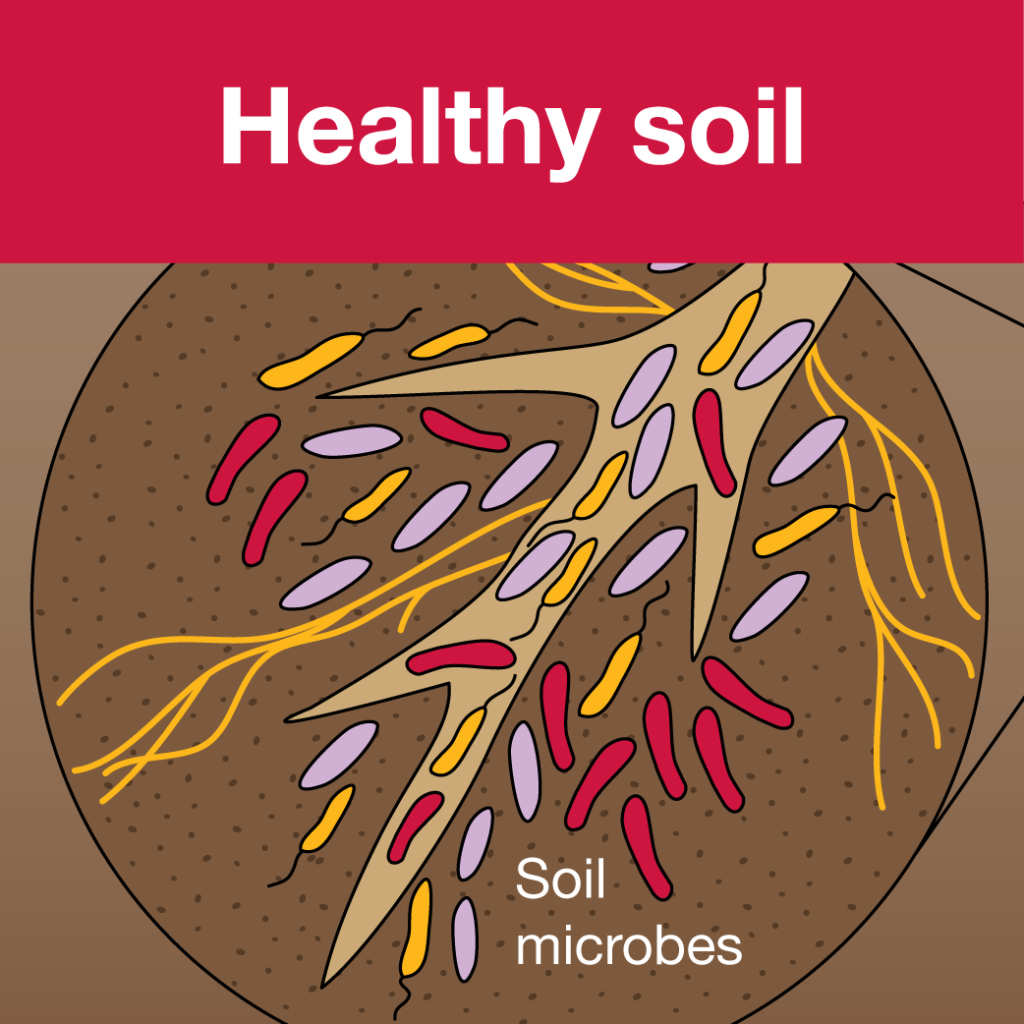Crop Rotation Counts: Key Findings from Long-Term Rotation Plot Research
GrainTALK
Celebrating 65 years of crop rotation research at the Elora Research Station and Ridgetown Campus
It can take time to understand trends and see results. That’s where long-term research at Ontario’s agricultural research stations comes in. For decades, long-term trials at the Elora Research Station and Ridgetown Campus have generated evidence farmers can be confident in using to make decisions related to crop rotation, tillage systems and nitrogen management.
In 2020 the Ontario Agri-Food Innovation Alliance celebrated the 40th and 25th anniversaries of the long-term rotation plots at the Ontario Crops Research Centres in Elora and Ridgetown, which are owned by the Agricultural Research Institute of Ontario (ARIO) and managed by the Ontario Agri-Food Innovation Alliance. This research into long-term crop rotation, tillage systems and nitrogen management has generated results that benefit the agri-food sector in Ontario and around the world.
Working with the Alliance, we have distilled four key findings about the importance of crop rotation and how it affects various on-farm outcomes including crop yield, resilience during dry years, nitrogen use efficiency and soil health into a series of key findings infographics to help crop advisors and farmers make on-farm decisions to remain competitive and sustainable.
If you’ve toured, visited or benefitted from crop research at one of the agricultural research stations across the province and are comfortable with sharing your experience with us and potentially be featured in our communications, please share your experience by emailing kttadmin@uoguelph.ca. We could use it when we share more soil health information in the future.
Lasting impact: Technology helps living soils knowledge
First published in Farmtario: https://farmtario.com/crops/lasting-impact-technology-helps-living-soils-knowledge/ This article is the final instalment of a three-part series highlighting lessons learned from two …
Lasting impact: The secret is in the soil
First published in Farmtario: https://farmtario.com/crops/lasting-impact-the-secret-to-increasing-carbon-is-in-the-soil/ This article is part two of a three-part series highlighting lessons learned from two long-term …
The evidence
The findings published by University of Guelph researchers are the evidence used to create the four key findings highlighted in the infographic series.
Crop rotation counts: Higher yield
- Gaudin ACM, Janovicek K, Deen B, Hooker DC. (2015). Wheat improves nitrogen use efficiency of maize and soybean-based cropping systems. Agriculture, Ecosystems & Environment 210:1-10.
- Gaudin ACM, Tolhurst TN, Ker AP, Janovicek K, Tortora C, Martin RC, Deen B. (2015). Increasing crop diversity mitigates weather variations and improves yield stability. PLoS ONE 10(2):e0113261.
Crop rotation counts: More resilient during drought years
Crop rotation counts: Improves soil nitrogen use efficiency
- Van Eerd LL, Congreves K, Hayes A, Verhallen A, Hooker D. (2014). Long-term tillage and crop rotation effects on soil quality, organic carbon, and total nitrogen. Canadian Journal of Soil Science 94:303-315.
- Gaudin ACM, Janovicek K, Deen B, Hooker DC (2015) Wheat improves nitrogen use efficiency of maize and soybean-based cropping systems. Agriculture, Ecosystems & Environment 210:1-10.
Crop rotation counts: Improves soil health
Dig deeper: further reading
- Visit the Ontario Agri-Food Innovation Alliance’s collection of open access articles that used the long-term rotation plots or data from the plots.
- Soils at Guelph publications
Stories about the long-term plots
Ridgetown Campus
- Soil: The Next Frontier (2019 Agri-Food Yearbook)
- Finding the right cover crop combination (2016 Agri-food Yearbook, PDF)
- Nutrient Transport: Case Study (PDF)
Elora Research Station
- In search of crop diversification (2018 Agri-Food Yearbook, PDF)
- Understanding Soil Health (2016 Agri-Food Yearbook, PDF)
- Nutrient Transport: Case Study (PDF)







